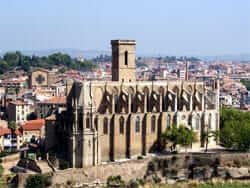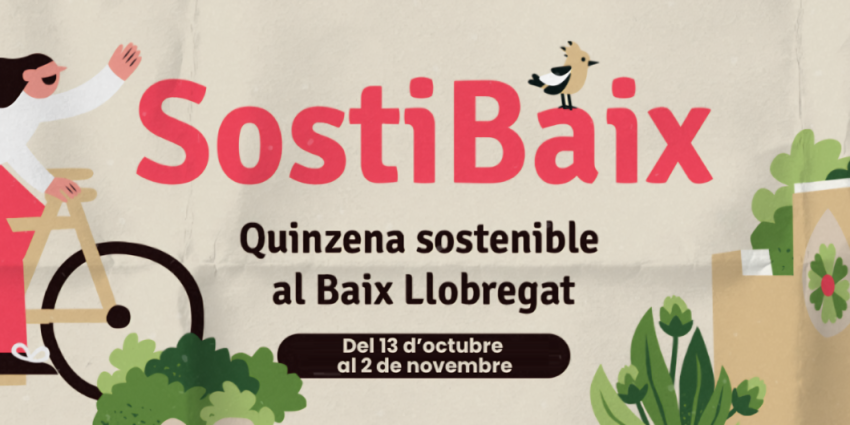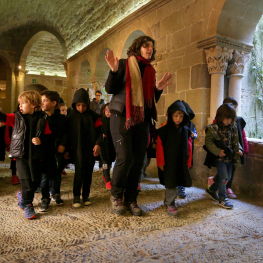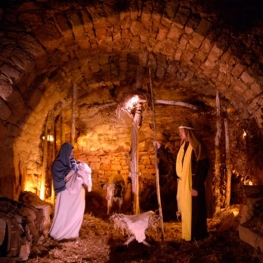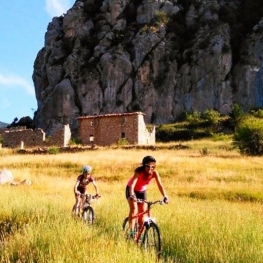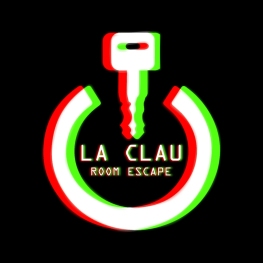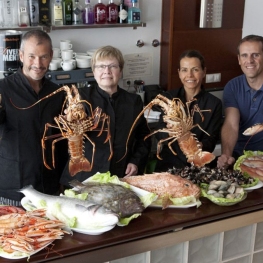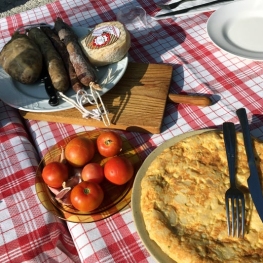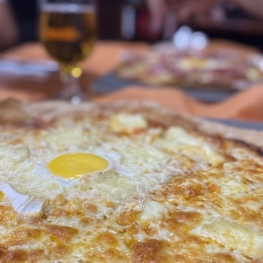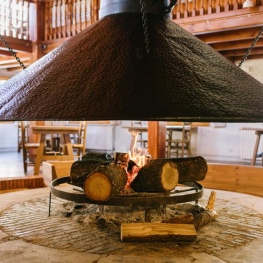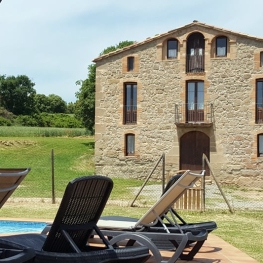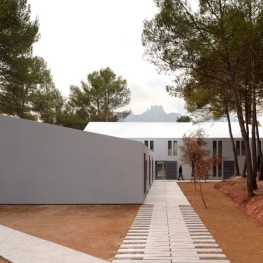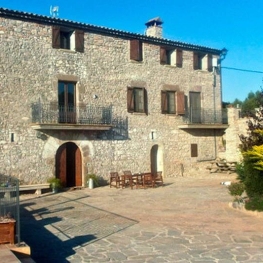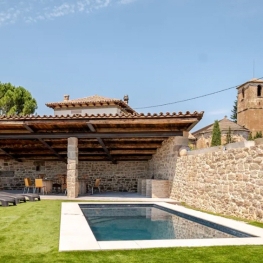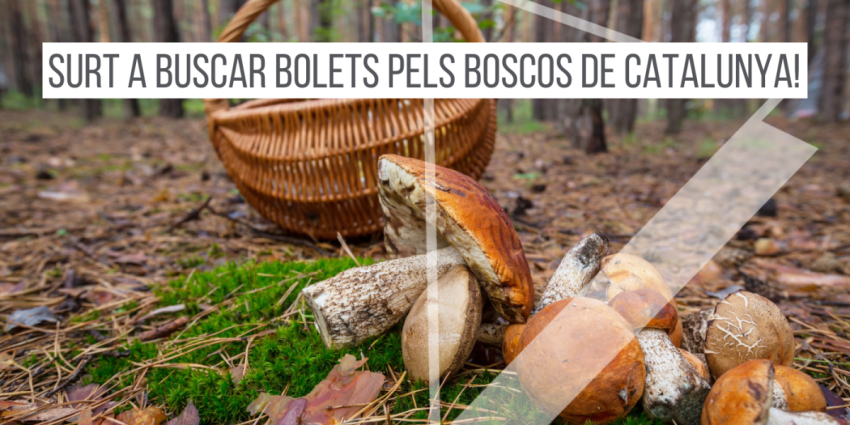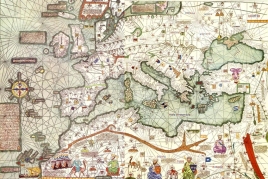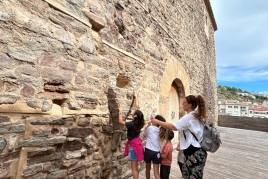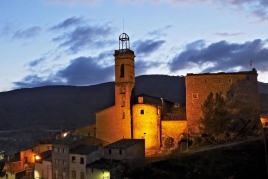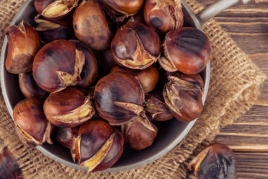Ruta Medieval in Bages
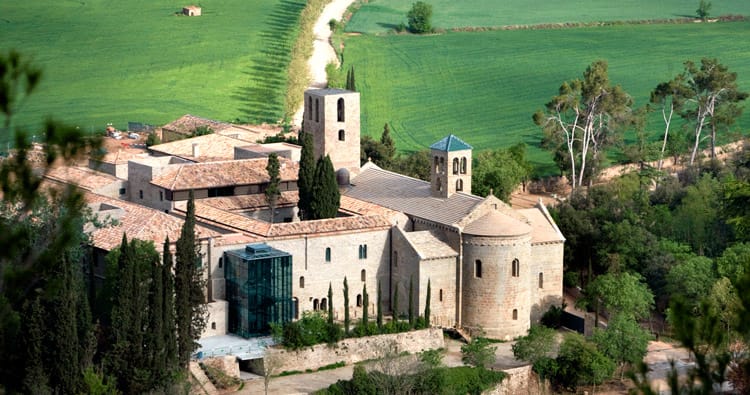
As you know, the medieval period, also known as middle age, has left a great legacy in Catalunya which currently can enjoy in different situations and places. For this reason, several times when I've recommended a route of this subject. But I never had been able to present the medieval route the Bages.
With this route you can get to know this period of history and discover what influence he had in the region of Bages region which occupies the central part of Catalonia represented by 35 municipalities.
A journey that will grace the capital of the region, Manresa, Sant Fruitós by Bages and Suria. Do you urge one?
Manresa, the city repopulated
Around the year 785 what we now know as Manresa was no man's land. Previously it had been occupied by Arabs and, after various conflicts, at the end of the ninth century was reconquered by the Christians by Wilfred the Hairy.
Around 1000 the city changed considerably. There was an enlargement of the walls that came to protect the church of Sant Miquel and Mercadal Puig, Puig top adjacent to Cardener.
Despite the growth of the city, it is not until the thirteenth and fifteenth Manresa ranks as one of the most important cities in Catalonia. This privileged position allowed to build a new wall and build three churches, among which the Cathedral, which has become the symbol and the most emblematic monument of the city.
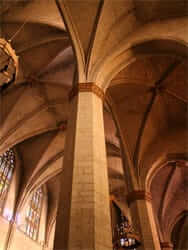 La Seu, known as Col · legiata of Santa Maria, was designed by Berenguer de Montagut, author of other exemplary buildings, such as Santa Maria del Mar in Barcelona . The main facade is the work of Alexandre Soler i March, who was advised, at that time, by the architect Antoni Gaudi.
La Seu, known as Col · legiata of Santa Maria, was designed by Berenguer de Montagut, author of other exemplary buildings, such as Santa Maria del Mar in Barcelona . The main facade is the work of Alexandre Soler i March, who was advised, at that time, by the architect Antoni Gaudi.
This building Puig Cardener crown. For this reason, from this point of the city you can enjoy unique views that provide much of the river Cardener.
In addition, we recommend you stroll through the streets that host this city, such as Balç Street, the Sobrerroca, lade and Sant Miquel de l'Arc d'En Boti. We have to say, that there were streets that no longer appear on the map of Manresa, such as Bosseria Street, in the year 1374, communicated to the square Plaça dels Especiers missing (the latter performed the market square of spices). Or, the Raval Saragossa who was by raval de Pont Vell area and was where they lived between the years 1021 and 1278 the Mozarabic coming from Zaragoza.
Also, if you visit the city of Manresa during the month of February we recommend you to do on Saturday and Sunday closest to day 21 as it is held annually, the Fira de l'Aixada. This fair is a fantastic medieval market commemorating the festival of light, sure you will love.
The Pont Vell and demons
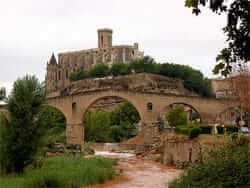 Cardener River that runs through Manresa can cross the Pont Vell, another building that dates from medieval times, although its origin is Roman. This bridge, throughout its history, has suffered several attacks but has been rebuilt. The last reconstruction took place between 1960 and 1962 and was based in the twelfth century medieval bridge which retains, still, the foundations of the central arch.
Cardener River that runs through Manresa can cross the Pont Vell, another building that dates from medieval times, although its origin is Roman. This bridge, throughout its history, has suffered several attacks but has been rebuilt. The last reconstruction took place between 1960 and 1962 and was based in the twelfth century medieval bridge which retains, still, the foundations of the central arch.
From the fourteenth century was able to cross the river, too, by the Pont Nou. This bridge, of considerable length, was built by the same architect as the Cathedral and allowed to pass through the road of Manresa and Lleida .
They tell the stories of WOM demons that once conquered the city of Manresa and settled below the Pont Vell. This location allowed them to demonize all those who passed through the bridge. The consuls of Manresa thought that if they asked the relics of Sant borrowed Valenti, who were in the monastery of Sant Benet de Bages, the demons would leave. And it was. They were left relics, under the bridge and put the demons fled.
Mon Sant Benet
The Mon Sant Benet is a cultural and natural that is located in the municipality of Sant Fruitós de Bages . This set is home to the monastery of Sant Benet de Bages, the Alicia Foundation (headed by Ferran Adrià) and l'Hort de la Cuina. But the star of these three, arguably, is the monastery.
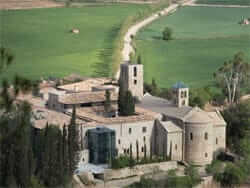 It is believed that this monastery was built in 972 with the consecration of the church of the same. But its existence was short lived as in 1125 was attacked by Muslims.
It is believed that this monastery was built in 972 with the consecration of the church of the same. But its existence was short lived as in 1125 was attacked by Muslims.
The monastery rose from the ashes thanks to the Benedictine Abbey and rose again rebuilt the church and cloister in the late twelfth century. These parts of the monastery are preserved even today as they were before.
This monastery lived bright times since 200 years after its reconstruction widened package dependencies. Interestingly the rooms that are located above the cloister of the monastery was converted into a summer residence in early 1900 by the modernist painter Ramon Casas and passing the warmer months there with his family.
Currently, part of the monastery has been turned into a museum space that discloses the social and historical evolution of Catalonia from the Middle Ages to modernity through two different routes.
Suria
Halfway to Manresa and Cardona , following the river Cardener, lies the town of Suria where narrow streets and stone facades reveal its medieval past.
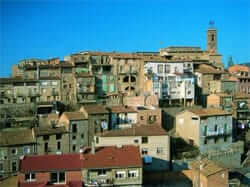 The old town at the top of a peak located exactly on the left bank of which stands the castle and the church.
The old town at the top of a peak located exactly on the left bank of which stands the castle and the church.
In fact, the castle is the oldest building in this town. Its origins lie in a watchtower land border between Christians and Saracens. It later became the residence of different lords and castlans (vassal assigned to guard, the defense and the government of a castle and its territory). This, today, has become an interpretive center of the old town of Suria and the castle, which also ye may know the last figure Castlà, Guillem Bosch.
The old town, still surrounded by medieval walls. The conservation of this fortification has kept its original morphology, building new developments away from it. Its strategic location in the Valley Cardener and safe stage of the Ruta de la Sal rendered from Cardona led the people of Suria occupied military responsibilities. For this reason, you can still see the loopholes in the wall open.
Every year the people of Suria have the opportunity to go back to these times past the Medieval Fira d'Oficis. It is held the second weekend of November and the city dresses of the time to become the best setting for this celebration that hosts exhibitions, craft samples, shows and various cultural events, among others.
You may also be interested in: Learn about the Catalan medieval legacy
What to do
Món Sant Benet
Sant Fruitós de Bages (a 2.3 Km)Món Sant Benet is a highly unique cultural, tourist and leisure project.…
Pessebre Vivent de Les Torres de Fals
Fonollosa (a 8.5 Km)The visit to the Bethlehem closes between shepherds, who offer a memory…
Rutes BTT Sílvia Rovira
CardonaOrganization of outings and design of hiking, mountain biking, and snowshoeing routes…
La Clau Room Escape: Until Dawn i Game On
ManresaFind a group of 2 to 6 people and enjoy the puzzles…
Where to eat
Restaurant Marisquer Can Ladis
Sant Fruitós de BagesThe Can Ladis Seafood Restaurant, located in Sant Fruitós de Bages, is…
Hostal de Montclar
Montclar (a 13.3 Km)Located in the town square of Montclar, in the south of Berguedà,…
Bar Restaurant Xato
Gironella (a 21.1 Km)Order pizzas, burgers, tapas... at Xato Bar-Restaurant and we'll deliver them to…
Restaurant Apartaments Els Roures
Castellar del Riu (a 24.3 Km)Rest, charm and good cuisine, a unique space located in Berguedà, at…
Where to sleep
Escardívol turisme rural
Viver i Serrateix (a 11.9 Km)Three restored farmhouses for your rural getaway. The common denominator in all…
Alberg Viladoms de Baix, Fundesplai
Castellbell i el Vilar (a 13.4 Km)Viladoms de Baix is located in the municipality of Castellbell and Vilar,…
Sellarés Rural
Sallent (a 10.6 Km)Cal Sellarés is a farmhouse documented since the 14th century, located in…
La Torreta d'Olius
Olius (a 14.4 Km)Enjoy an authentic Catalan farmhouse, which was documented in the year 900…

